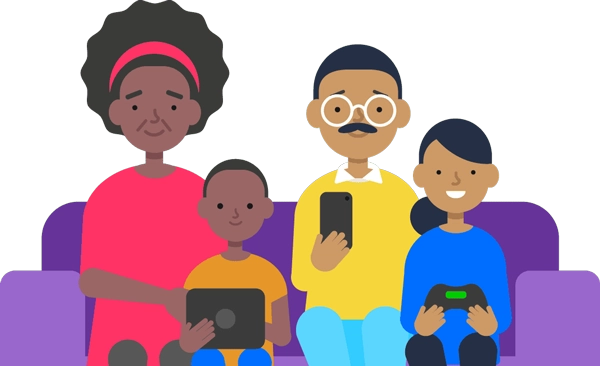Doomscrolling can negatively impact children in a number of ways, both mentally and physically.
Increase in stress and anxiety
Viewing negative news can harm a young person’s mental health massively by reinforcing negative thoughts and feelings. When a child constantly sees the worst aspects of society, they might feel anxious or depressed about society. For some children, these feelings can develop into long-term mental health conditions. They might also worry that these things can happen to them in future.
Decreased empathy
Reading so much bad news can also desensitise children to violence and tragedies. This can lead to decreased empathy for others, as they are numb to bad news . Becoming desensitised can also make it difficult for child to recognise harm. As such, they might not know when to block or report harmful content because they don’t have a clear understanding of what ‘harmful’ looks like.
Lack of sleep
Doomscrolling is an addictive habit and can lead to an increase in screen time. As a result, it can impact children’s sleep.
Research also shows that the blue light from screens can make it harder to fall asleep, leading to increased tiredness during the day. This lack of sleep can lead to further mental and physical issues, including trouble focusing, increased blood pressure and depression.
Physical, mental and emotional impacts
Doomscrolling can increase the passive time your child spends on devices. Too much passive screen time can negatively impact communication, social and critical thinking skills. Additionally, time on devices is often sedentary, meaning children tend to sit still. This can impact their physical health, leading to weight gain or linked aches and pains.
Physical problems can also develop because of increased stress from doomscrolling. High levels of stress and anxiety can make the body tense. This can cause headaches and tiredness, among other stress-related physical problems.
Missing out on hobbies
If your child spend more time doomscrolling, it may leave them less interested in their hobbies. This can limit their personal growth and development.
Instead of passive scrolling, they should use their screens to learn, socialise and grow. Learn about screen time balance here.






